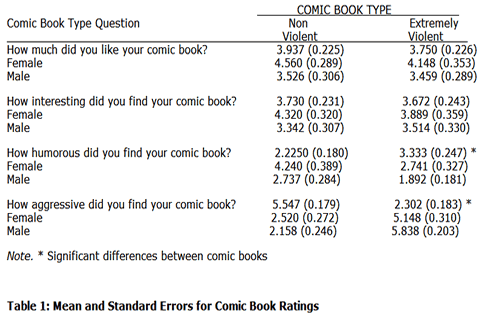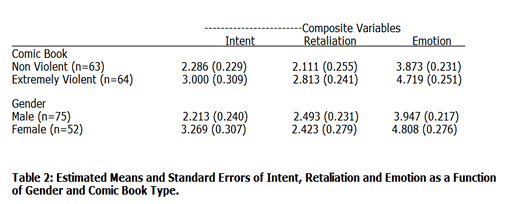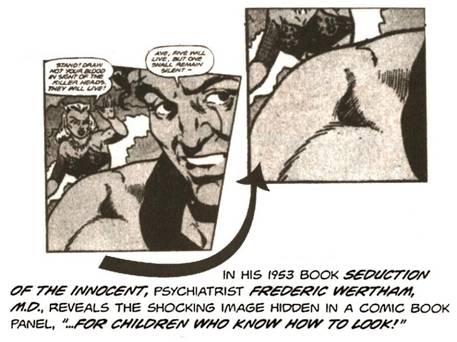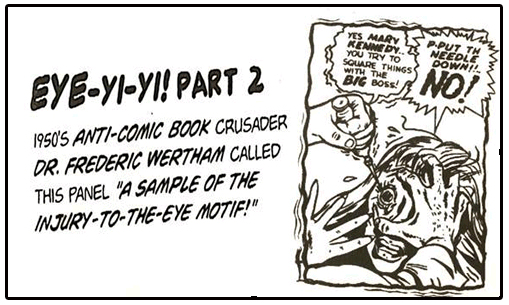APPENDIX
RESULTS



ABIGUOUS PROVOCATION SCENARIOS
OVERT AGGRESSION
-
Pretend that you’re walking outside and you’re wearing your new tennis shoes. You really like your new shoes and it’s the first day you have worn them. Suddenly, you are bumped from behind by another kid. You stumble and fall into a puddle and your new shoes get muddy.
-
Pretend that you are standing on the playground playing catch with a bunch of kids. You throw the ball to another kid and the kid catches it. You turn around and the next thing you know you realise that the kid has thrown the ball and hit you in the middle of the back. The ball hit you hard, and it hurts a lot.
RELATIONAL AGGRESSION
-
Imagine that you are looking in the mirror in the bathroom one day after class. While you are in there, two other kids from your class come in and start talking to each other. You hear one of the kids invite the other to a birthday party. The kid says that there are going to be a lot of people at the party. You have not been invited to this party.
SEDUCTION OF THE INNOCENT
When Frederick Wertham developed his hypothesis involving comic books he went beyond his taste-oriented concerns to assert that comic books were turning children into juvenile delinquents (Park, 2002). His authority in medicine gave the forming moral crusade the legitimacy to foist their opinions on the public. Werthams’s classic work Seduction of the Innocent (1954) prompted a mixed reaction. For some it was the answer to all their concerns about comic books, for others it was seen as a somewhat oversimplified model of juvenile delinquency (Park, 2002). Whatever the critics had to say about the work the populist acceptance of the work led to Dr Wertham being established as an expert witness in the Senate subcommittee on comic books and juvenile delinquency (Lopes, 2006). An example of the strength one of Dr Wertham’s arguments is illustrated in the following cartoons taken from Craig Yoe’s Weird but True Toon Factoids (1999). It shows a fundamental flaw in Dr Wertham’s argument and exposes his hypothesis to the ridicule it richly deserves.


THE CMAA COMIC BOOK CODE OF 1954 (as quoted in US Congress, 1955: 36–8)
Code for Editorial Matter
General Standards – Part A
1 Crimes shall never be presented in such a way as to create sympathy for the criminal, to promote distrust of the forces of law and justice, or to inspire others with a desire to imitate criminals.
2 No comics shall explicitly present the unique details and methods of a crime.
3 Policemen, judges, Government officials and respected institutions shall never be presented in such a way as to create disrespect for established authority.
4 If crime is depicted it shall be as a sordid and unpleasant activity.
5 Criminals shall not be presented so as to be rendered glamorous or to occupy a position which creates a desire for emulation.
6 In every instance, good shall triumph over evil and the criminal punished for his misdeeds.
7 Scenes of excessive violence shall be prohibited. Scenes of brutal torture, excessive and unnecessary knife and gunplay, physical agony, gory and gruesome crime shall be eliminated.
8 No unique or unusual methods of concealing weapons shall be shown.
9 Instances of law-enforcement officers dying as a result of a criminal’s activities should be discouraged.
10 The crime of kidnapping shall never be portrayed in any detail, nor shall any profit accrue to the abductor or kidnaper. The criminal or the kidnaper must be punished in every case.
11 The letters of the word ‘crime’ on a comics-magazine cover shall never be appreciably greater in dimension than the other words contained in the title. The word ‘crime’ shall never appear alone on a cover.
12 Restraint in the use of the word ‘crime’ in titles or subtitles shall be exercised.
General Standards – Part B
1 No comic magazine shall use the word horror or terror in its title.
2 All scenes of horror, excessive bloodshed, gory or gruesome crimes, depravity, lust, sadism and masochism shall not be permitted.
3 All lurid, unsavoury, gruesome illustrations shall be eliminated.
4 Inclusion of stories dealing with evil shall be used or shall be published only where the intent is to illustrate a moral issue and in no case shall evil be presented alluringly, nor so as to injure the sensibilities of the reader.
5 Scenes dealing with, or instruments associated with walking dead, torture, vampires and vampirism, ghouls, cannibalism, and werewolfism are prohibited.
General Standards – Part C
All elements or techniques not specifically mentioned herein, but which are contrary to the spirit and intent of the code, and are considered violations of good taste or decency, shall be prohibited.
Dialogue
1 Profanity, obscenity, smut, vulgarity or words or symbols which have acquired undesirable meanings are forbidden.
2 Special precautions to avoid references to physical afflictions or deformities shall be taken.
3 Although slang and colloquialisms are acceptable, excessive use should be discouraged and, wherever possible, good grammar shall be employed.
Religion
1 Ridicule or attack on any religious or racial group is never permissible.
Costume
1 Nudity in any form is prohibited, as is indecent or undue exposure.
2 Suggestive and salacious illustration or suggestive posture is unacceptable.
3 All characters shall be depicted in dress reasonably acceptable to society.
4 Females shall be drawn realistically without exaggeration of any physical qualities.
Note – It should be recognized that all prohibitions dealing with costume, dialogue or artwork applies as specifically to the cover of a comic magazine as they do to the contents.
Marriage and Sex
1 Divorce shall not be treated humorously nor represented as desirable.
2 Illicit sex relations are neither to be hinted at nor portrayed. Violent love scenes as well as sexual abnormalities are unacceptable.
3 Respect for parents, the moral code and for honourable behaviour shall be fostered. A sympathetic understanding of the problems of love is not a license for morbid distortion.
4 The treatment of live-romance stories shall emphasize the value of the home and the sanctity of marriage.
5 Passion or romantic interest shall never be treated in such a way as to stimulate the lower and baser emotions.
6 Seduction and rape shall never be shown or suggested.
7 Sex perversion or any inference to same is strictly forbidden.
Code for Advertising Matter
These regulations are applicable to all magazines published by members of the
Comics Magazine Association of America, Inc. Good taste shall be the guiding principle in the acceptance of advertising.
1 Liquor and tobacco advertising is not acceptable.
2 Advertisement of sex or sex instruction books are unacceptable.
3 The sale of picture postcards, ‘pinups,’ ‘art studies’ or any other reproduction
of nude or semi-nude figures is prohibited.
4 Advertising for the sale of knives or realistic gun facsimiles is prohibited.
5 Advertising for the sale of fireworks is prohibited.
6 Advertising dealing with the sale of gambling equipment or printed matter dealing with gambling shall not be accepted.
7 Nudity with meretricious purpose and salacious postures shall not be permitted in the advertising of any product; clothed figures shall never be presented in such a way as to be offensive or contrary to good taste or morals.
8 To the best of his ability, each publisher shall ascertain that all statements made in advertisements conform to fact and avoid misrepresentations.
9 Advertisement of medical, health or toiletry products of questionable nature are to be rejected. Advertisements for medical health or toiletry products endorsed by the American Medical Association or the American Dental Association shall be deemed acceptable if they conform with all other conditions of the Advertising Code.